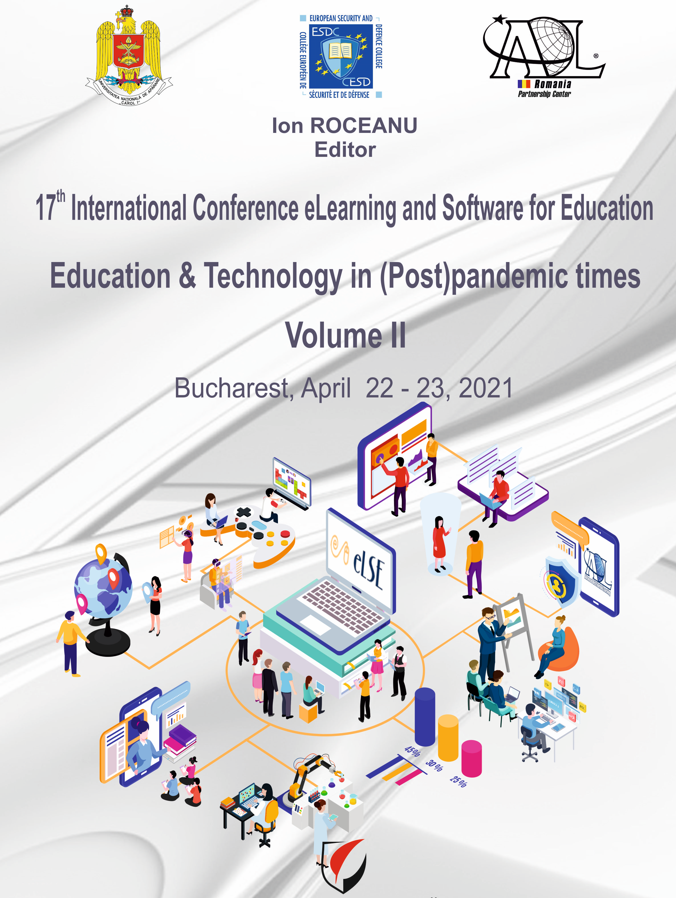AUGMENTED REALITY IN EDUCATION - A MULTI-PERSPECTIVE SURVEY
AUGMENTED REALITY IN EDUCATION - A MULTI-PERSPECTIVE SURVEY
Author(s): Emil Dragan, Alin Moldoveanu, Florica MoldoveanuSubject(s): Education, Media studies, ICT Information and Communications Technologies
Published by: Carol I National Defence University Publishing House
Keywords: augmented reality; new media; education; digitalization; children; technology;
Summary/Abstract: Augmented reality is a fairly new technology and it has only recently started to be introduced on a large scale. We can find augmented reality applications in a variety of domains, such as entertainment, games, industry, science, tourism, culture, education. In the education system, the mobile phone, as a standalone tool that can be used at any stage of teaching, it is used on a very low scale. Moreover, students are often forced to turn off the phones or put them in a special place at the beginning of a class. Interactive teaching and presenting abstract notions is already achieved through the use of whiteboards or projectors linked to a computer. Similarly, the mobile phone can serve the same teaching purpose. Very quickly, the phone becomes the second nature of children. If we think about the latest augmented reality technology that will be fully experienced by the next generations, smart glasses will probably take control. Over the reality we will be able to see different types of information in real time, overlapped and accessible with voice commands. What we want to emphasize is not a discussion about whether we will have or not the opportunity of accepting these technologies. Instead, we want to raise the awareness that they will exist in a short timeframe and it is important to focus on understanding how they can help in the process of educating children. Regardless of the age or occupation, using a touch screen or classic screen has become as natural as speaking. Augmented reality adopted all the interactions which regular mobile applications have and users can interact with simple and complex touch interactions, natural gestures or speech recognition. This paper will focus on education, technology and augmented reality and tries to point out the advantages and disadvantages of using this technology in a class. Also, it will talk about researches and studies that focused on different applications and experiments using augmented reality and the mobile phone, in different fields of study.
Journal: Conference proceedings of »eLearning and Software for Education« (eLSE)
- Issue Year: 17/2021
- Issue No: 02
- Page Range: 145-153
- Page Count: 9
- Language: English

